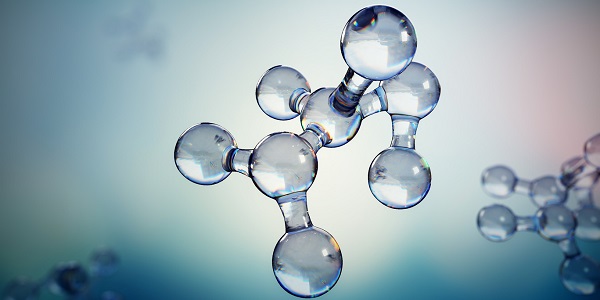Therapeutic nanoparticles

Nanoparticles can be designed to produce a therapeutic effect without direct application of drugs. Most of these effects are brought about by having the particle designed to create locally, free radicals or energetic electrons to kill specific cell types. This is really an extension of the now well-established photodynamic therapy used to treat skin cancer. However, by injecting such particles locally into say, a tumour, and using X-rays to activate the free radicals, the efficacy of radiotherapy can be greatly enhanced. There is a further possible way to treat diseased tissue by destroying it with local heat produced by nanoparticles that are designed to get warm in radiofrequency fields or infra-red light.
Free radical generation
Free radicals can be generated by exposing fine particles of the anatase form of titanium dioxide to light. The free radicals are a very effective way of destroying any cells, and it is hard to see any living cell adapting to resist such attack. For this reason, they form the basis of antimicrobial and antiviral therapies and also, if they can be localized, to the destruction of cancer tumours and other undesired cell types. Free radical formation by light exposure can be extended to X-ray exposure with similar results, possibly accompanied by the formation of energetic electrons that have a chemical reducing activity on the cells. This might have promise for increasing the effectiveness of radiotherapy treatments, by locally injecting around a tumour, nanoparticles that absorb X-rays and generate reactive oxygen species and/or energetic electrons.
Hyperthermia
Living cells can be destroyed by slightly elevated local temperatures of around 43 degrees Celsius. There are currently three main approaches to achieve this: one uses focussed ultrasound and does not have to rely on any addition of nanoparticles. (this method might also rely on cavitation of body fluid, locally to destroy cells and possibly also create local free radicals); the other methods use either light to locally heat highly absorptive nanoparticles or long wavelength electromagnetic (radio frequency) waves to heat magnetic nanoparticles or metallic nanoparticles.
The methods involving light require nanoparticles that strongly absorb; so silver and gold either in particle or nanorod form are being suggested because of their very strong plasmonic properties. These two metals can be designed for application in the visible and infra-red wavelengths to allow for some light penetration into the body, although this will never be more than a few millimetres. If this approach is to be used, for anything other than skin cancer treatment, the light would have to be delivered via an endoscope to achieve sufficient heating. Magnetic hyperthermia on the other hand could be used almost non-invasively. It relies on the heating effect of either eddy currents induced in a metal or on the magnetic domain rotation or even the whole particle movement in a high frequency electromagnetic field. The uptake of these techniques is currently limited by the safety and possible toxicity of the particles that are introduced and on the inability to measure the local temperatures achieved with sufficient accuracy.
This is an excerpt from the white paper "Nanotechnology: What does the future look like for the medical devices industry?". To download our other medical device white papers, please visit the Insight page on the Compliance Navigator website.
Request more information today for a call back from a member of our sales team so that you can get a better understanding of how Compliance Navigator can meet your needs.
The Compliance Navigator blog is issued for information only. It does not constitute an official or agreed position of BSI Standards Ltd or of the BSI Notified Body. The views expressed are entirely those of the authors.

